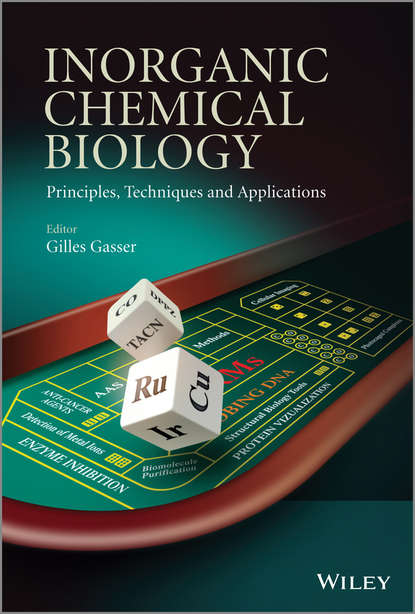
Inorganic Chemical Biology. Principles, Techniques and Applications скачать fb2
Gilles Gasser - Inorganic Chemical Biology. Principles, Techniques and Applications краткое содержание
Understanding, identifying and influencing the biological systems are the primary objectives of chemical biology. From this perspective, metal complexes have always been of great assistance to chemical biologists, for example, in structural identification and purification of essential biomolecules, for visualizing cellular organelles or to inhibit specific enzymes. This inorganic side of chemical biology, which continues to receive considerable attention, is referred to as inorganic chemical biology. Inorganic Chemical Biology: Principles, Techniques and Applications provides a comprehensive overview of the current and emerging role of metal complexes in chemical biology. Throughout all of the chapters there is a strong emphasis on fundamental theoretical chemistry and experiments that have been carried out in living cells or organisms. Outlooks for the future applications of metal complexes in chemical biology are also discussed. Topics covered include: • Metal complexes as tools for structural biology • IMAC, AAS, XRF and MS as detection techniques for metals in chemical biology • Cell and organism imaging and probing DNA using metal and metal carbonyl complexes • Detection of metal ions, anions and small molecules using metal complexes • Photo-release of metal ions in living cells • Metal complexes as enzyme inhibitors and catalysts in living cells Written by a team of international experts, Inorganic Chemical Biology: Principles, Techniques and Applications is a must-have for bioinorganic, bioorganometallic and medicinal chemists as well as chemical biologists working in both academia and industry.
Чтобы оставить свою оценку и/или комментарий, Вам нужно войти под своей учетной записью или зарегистрироваться



